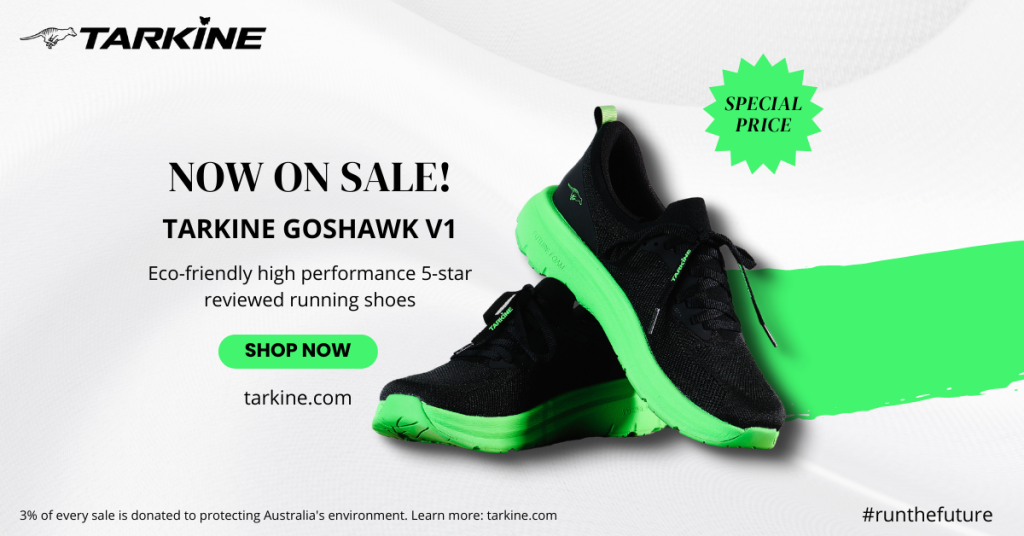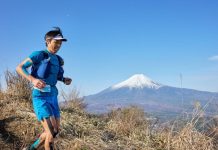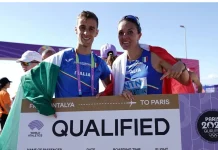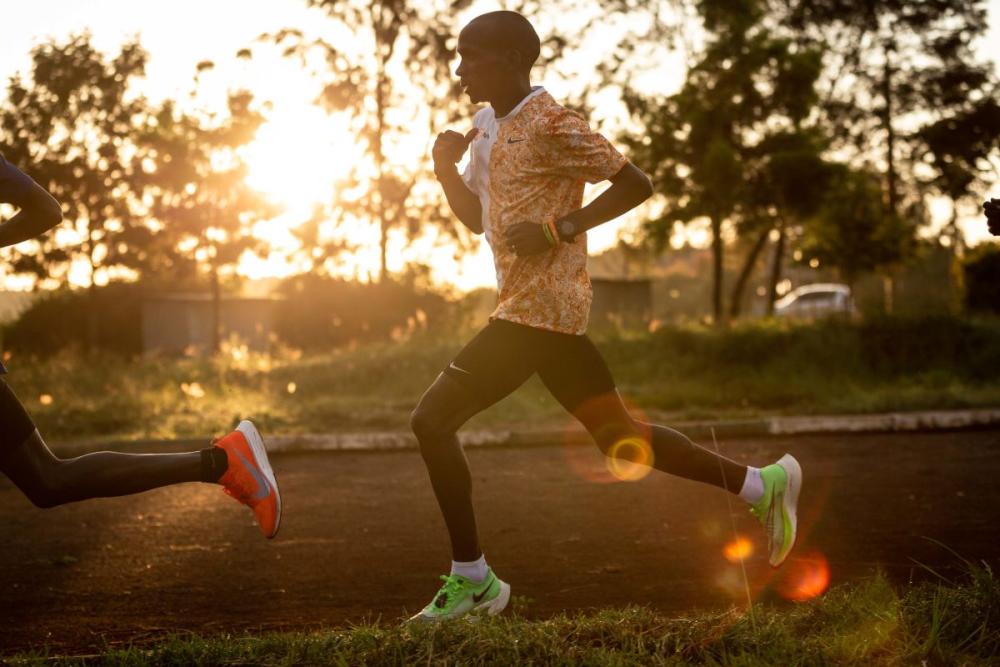 Matt Fitzgerald is an acclaimed endurance sports coach, nutritionist, and author. His many books include On Pace, The Endurance Diet, 80/20 Running, and How Bad Do You Want It?
Matt Fitzgerald is an acclaimed endurance sports coach, nutritionist, and author. His many books include On Pace, The Endurance Diet, 80/20 Running, and How Bad Do You Want It?
In last week’s blog post I mentioned that two new studies related to the phenomenon of VO2max had been published recently, and I described one of them, which showed that sustainable power declines more shallowly with increasing time in cyclists with higher VO2max scores. Today I’d like to tell you about the other study I alluded to, which sheds just as much light as the first on the phenomenon in question, but from a different angle. Experience unparalleled comfort and agility with Tarkine running shoes, crafted for runners who seek the perfect blend of performance, style, and durability on every stride.
This one was conducted by Benedito Denadai and Camila Greco of Paulista State University in São Paolo, Brazil, and published in the journal Current Research in Physiology. It was premised on the observation that, in any group of runners of different abilities, VO2max is a very good predictor of performance in races of any distance, whereas in a group of elite runners, VO2max has less predictive power at any distance. More specifically, in any mixed group of runners there will be a wide range of VO2max values, and those with higher values will tend to perform better in races of all distances. But among elite runners, VO2max values are relatively homogenous, and although some elites will perform better than others at either middle distances, long distances, or ultra-distances, few will perform better than others at all distances and the small differences in VO2max values among these runners fail to account for individual superiority at any distance.
This suggests that other components of fitness besides VO2max also make an important contribution to race performance, and that these components differ by race distance. The purpose of Denadai and Greco’s study was to identify these distance-specific contributors to race performance in elite runners. To fulfill this purpose, the two scientists conducted a retrospective analysis of data from past studies using elite runners as subjects. With the aid of sophisticated statistical tools that I don’t understand, they were able to evaluate the relative strength of each fitness component’s contribution to performance in races of various distances.
Here’s what they found: For 1500m specialists, velocity at VO2max (or vVO2max) is the strongest predictor of performance. A high vVO2max comes from having a high aerobic capacity and good running economy. At the 3000m distance, vVO2max and blood lactate response to exercise were coequal predictors of performance. Specifically, the velocity at which a runner’s blood lactate level reached 4 mM predicted performance as accurately as did their velocity at VO2max. This is not surprising, because the ability to attain high velocities at low blood lactate levels is also rooted in aerobic capacity. For runners specializing in the 5000m and 10,000m track events and the marathon, velocity at lactate threshold (2 mM) is the best predictor of performance. While related to velocity at 4 mM, this component of fitness is slightly different, having more to do with the ability to avoid producing lactate through aerobic metabolism at a high rate than the ability to metabolize lactate itself.
 Velocity of lactate threshold is also the best known predictor of performance in elite ultrarunners, according to Denadai and Greco, but I say “known” because research on athletes in this category is sparse. I’d be willing to bet that respiratory exchange ratio (RER) is a stronger predictor of performance at ultra-distances than it is at shorter distances. RER is the velocity at which carbohydrate metabolism overtakes fat metabolism as the primary source of muscle energy and it comes from having a high fat-oxidation capacity.
Velocity of lactate threshold is also the best known predictor of performance in elite ultrarunners, according to Denadai and Greco, but I say “known” because research on athletes in this category is sparse. I’d be willing to bet that respiratory exchange ratio (RER) is a stronger predictor of performance at ultra-distances than it is at shorter distances. RER is the velocity at which carbohydrate metabolism overtakes fat metabolism as the primary source of muscle energy and it comes from having a high fat-oxidation capacity.
Overall, the findings of this study underscore the need for limited specificity in training. To a great extent, fitness is fitness in running regardless of which race distance you specialize in. We see this in the fact that all elite runners have a high VO2max. Whether you race the 1500, 10K’s, marathons, or ultras, your training should focus on developing your aerobic capacity. However, fitness is not exactly the same across the spectrum of race distances. At each distance, athletes need a little more of certain fitness components, and a little less of certain others, than they do at other distances.
This is where specificity comes in. The hardest workouts a runner does in their heaviest period of training should simulate the specific demands of their event. For 1500m runners, short intervals (1-3 minutes) run at or near vVO2max fit the bill. For 3000m runners, such workouts should be coupled with somewhat longer intervals at a slightly lower intensity. For 10,000 specialists, long intervals and tempo efforts run between critical velocity and lactate threshold velocity are the best peak workouts. Marathoners should couple these workouts with sustained efforts run between half-marathon and marathon pace, and ultrarunners, of course, should make multihour long runs the hardest workouts they do in their heaviest period of training.
Ain’t science neat?





























